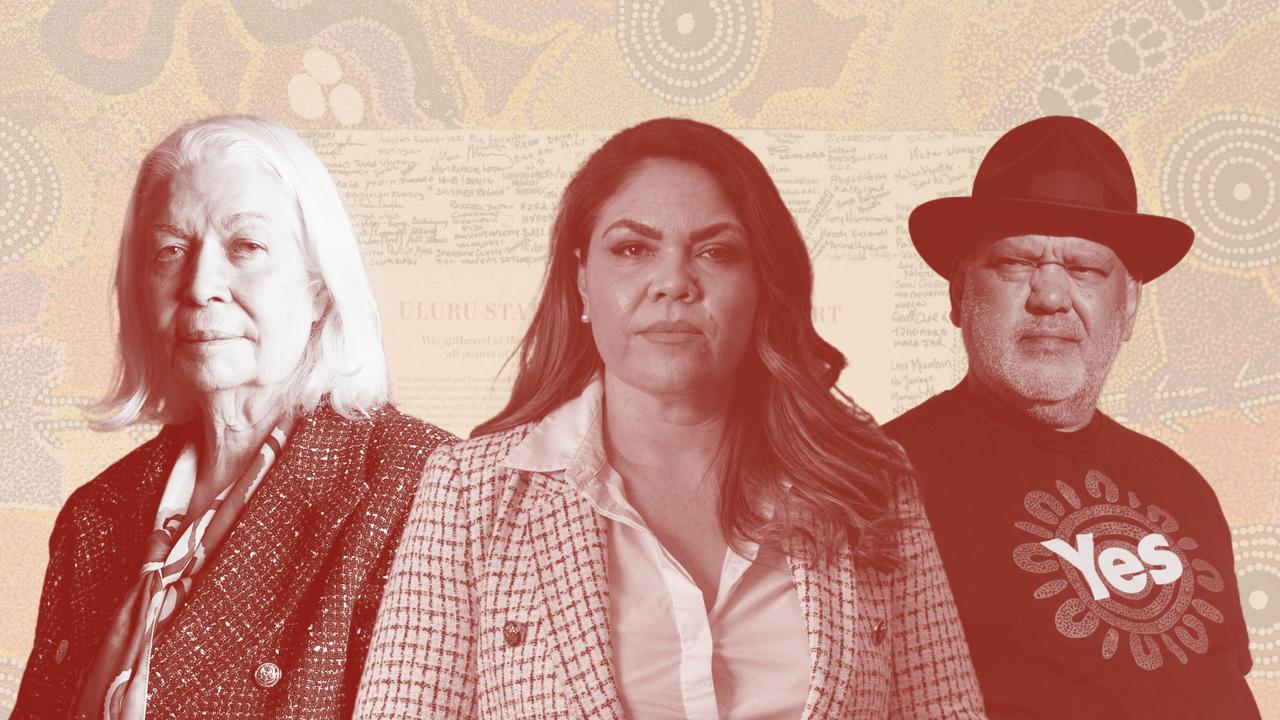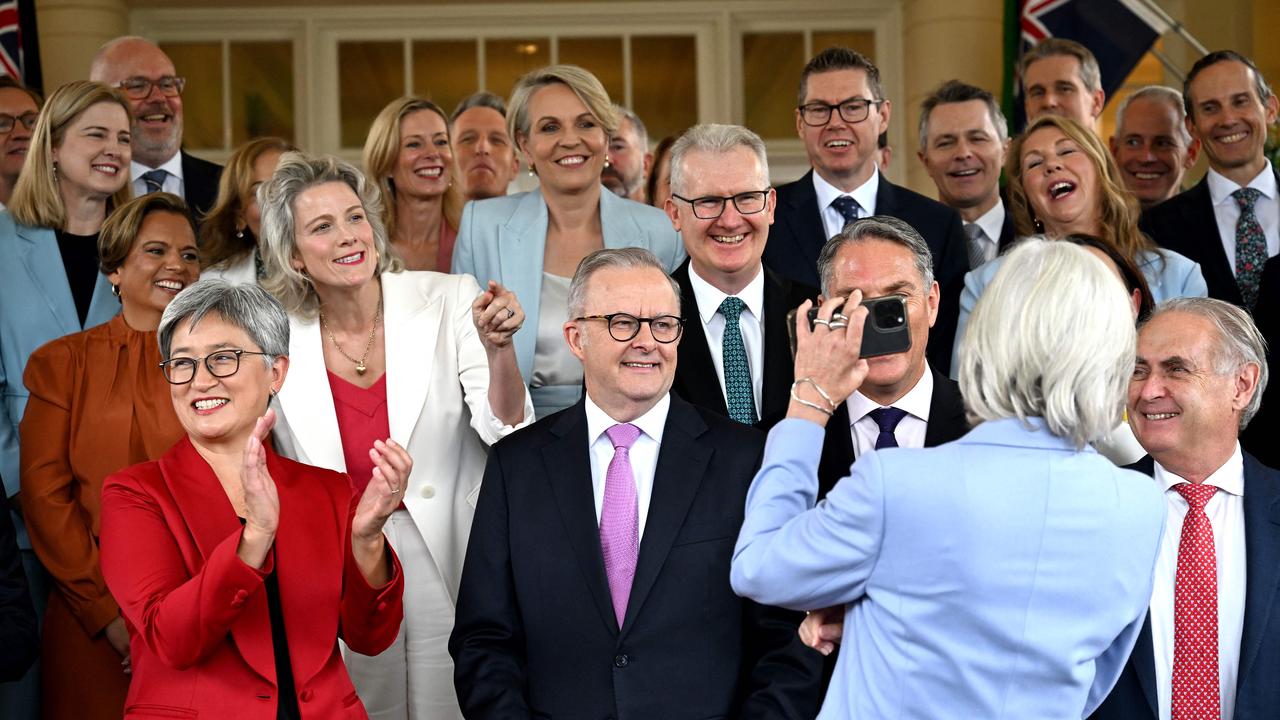Early childhood education and care invests in the fabric of our nation

Unsurprisingly, the challenges are greatest for low-income households and those in regional and rural communities – 35 per cent of Australians live in “childcare deserts”, areas with little or no access to ECEC services. Chronic workforce shortages exacerbate the problem, with underpaid and overworked staff finding little incentive to stay in the sector.
This all paints a clear picture of ECEC in Australia: it’s too expensive, there aren’t enough places or workers, and it’s failing children and families.
The federal government intends to create a universal ECEC system, promising increased wages for early childhood workers, adding superannuation to paid parental leave, and boosting childcare subsidies. Important steps, but much more needs to be done to significantly improve affordability and accessibility.
State and federal governments spend $14.8bn annually on a system that leaves one in five children developmentally vulnerable by the time they start school.
Unlike other universal systems such as kindergartens and public schooling, the ECEC system operates primarily within a commercial framework, with about 70 per cent of long-day care services delivered by for-profit providers.
The childcare subsidy aims to ease the financial burden on families, but the system operates like a business, with services and prices driven by market demand. This often leads to services being concentrated in wealthier areas, making access to quality early childhood education heavily dependent on location and socio-economic status, leaving those most in need without support.
Aboriginal Community Controlled Organisations have long advocated for, and delivered, holistic models of care that place children and their families at the centre of service delivery. These services have a significant impact on children’s health, readiness for school, school retention and family functioning. This is the type of system Australia needs.
The Centre for Policy Development report, Growing Together: A Future Universal Early Childhood Education and Care System for Australia, proposes a long-term approach to a reformed ECEC system over the next decade. This vision includes two key legislative goals: to support children’s development and wellbeing, and to help families balance work and home life. It proposes that all young children should have access to at least three days a week of education and care for a low fee, such as $10 a day, with free access for low-income families. Vulnerable children would receive additional support and services would be inclusive and culturally safe environments. There would be greater investment in Aboriginal Community Controlled Organisations’ services, and a funding model that better reflects their needs.
Low set fees would simplify the system, making ECEC affordable for all families and recognising early childhood education as a fundamental service. The system would be built on a child-centred funding model, removing complex subsidy arrangements and activity tests.
Providers would receive direct government funding, with additional needs and service-based funding to support targeted care for First Nations and children experiencing disadvantage and account for location-specific costs.
The Prime Minister has welcomed the report and reaffirmed his commitment to a universal ECEC system. Investing in a better early learning system would have immense benefits. Children would receive the support they need to thrive into adulthood, and parents, particularly women, would be better able to balance work and care responsibilities.
The report highlights that investing in ECEC and early childhood development can generate up to $18.8bn annually in tax revenue and savings, along with an annual $10bn boost to GDP. These benefits also include savings from fewer health issues, lower crime rates and decreased welfare costs.
A better model involves governments being active system stewards. This means that governments actively manage early childhood education and care rather than relying on the market to dictate where services are located and what they cost. It would ensure disadvantaged children and families, and First Nations communities, receive the level and type of support they need.
The path to universal early childhood education and care is clear, requiring bold action and commitment. The rewards – brighter futures for all children, a healthier society and a stronger economy – justify the effort. By investing in our youngest citizens, we invest in the fabric of our nation. It’s time for Australia to rise to the challenge and create an early learning system that works for everyone.
Professor Fiona Stanley is a renowned child health researcher and former Australian of the Year. Andrew Hudson is CEO of the Centre for Policy Development.



If there’s one thing most Australian families can agree on, it’s the enormous difficulty of finding suitable childcare. Two-thirds of parents find early childhood education and care a financial burden, and 126,000 children are locked out of the system due to restrictive activity tests (the confusing system of subsidies derived from hours worked).